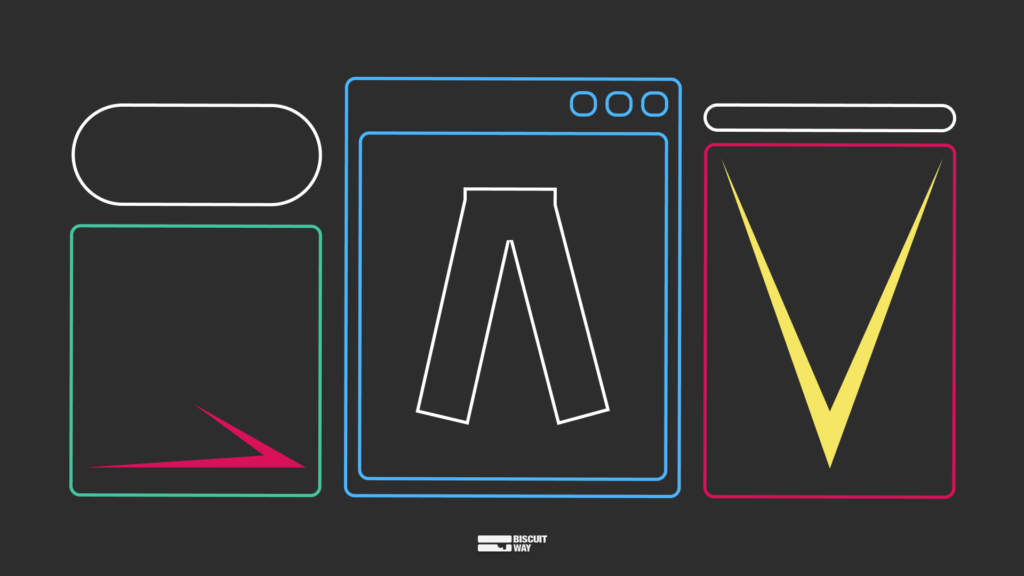● UNCATEGORIZED 10.08.2022
● UNCATEGORIZED 10.08.2022

An e-commerce is certainly not always easy to build and manage. There are so many things to do that if you are inexperienced you can easily lose your way and literally ‘go crazy’ to keep up with sales, orders from suppliers, payments to be made and to receive.
It is therefore essential to make sure that you have a solid foundation for running a complete online shop and that you really know what the key elements are that should not be ignored.
The best way to really understand what your e-commerce is missing and what needs to be added is definitely to examine it from the point of view of a visitor to your site.
That’s right, let’s start at the beginning: when your user visits a shop what does he do? What is he looking for? What does he need?
But that’s not enough: how does he get to buy? What does he need after he places the order? Indeed, it is crucial to understand how a company like yours can excel at every step of the process in order to achieve success.
Obviously, we at Biscuitway know that building an e-commerce from scratch is an arduous process and, moreover, according to our ‘tailor-made‘ vision, each e-commerce is unique, but here you will find some general tips that will lay a solid foundation for your e-commerce business.
A number of old marketing theories will tell you that you should not focus too much on attractive or unattractive, but on what does or does not perform. Who am I to tell you otherwise? But what I am telling you is that in order to make a business run, design is important:
You want proof? Well, have you ever entered a disorganised, dirty shop with a very uninviting atmosphere? How did it make you feel? You certainly weren’t dying to spend all your money there!
On the other hand, have you ever entered a clean, spacious shop with a very comfortable atmosphere? I’m sure the attractiveness of that shop will have made its way to your heart and… your wallet! If you think about it, it is the Apple Store strategy: doesn’t the tidiness, the cleanliness, the simplicity of the space give you the feeling that it is a well-run shop, that the company cares about its customers and offers better products?

Hence, there is no doubt that the design of your website has an impact on your business and that good design must be a priority for you! Do you agree?
The loading speed of a web page has a huge influence on the conversion rate.
What’s one extra second or one second less? It may not seem like a big deal, but it can mean hundreds (sometimes thousands) of lost sales for a company. Do not underestimate the impact of speed.
No user wants to wait for the page to load if they have an army of e-commerce competitors who can sell them the product they are looking for ‘before you do’.

Do you want to know if your e-commerce meets speed standards? Take a test with Google PageSpeed Insights and find out what you are doing wrong!
In addition, speed also affects the ranking of your site in search engines, so pay attention to loading, especially from mobile!
We have already talked about what to sell and how to find the right products for your e-commerce, but let’s try to shed some more light!
Obviously, most start-ups and SMEs cannot afford to have a selection of products like giant marketplaces such as Amazon, AliExpress o Zalando. On the contrary, sometimes giving too wide a choice can actually cost you sales. Thus, it is wrong to think that having a huge selection of products is the key to success. Sometimes limiting your selection can:
This means that product selection must be carefully considered and strategic.
I don’t want to dwell on this. A good product page must have:
“Just” this? Well, yes!

The customer has come this far: he has visited your website, viewed your product selection, chosen a product he wants to buy and placed it in his shopping cart. It’s done!
Not really. The abandoned cart monster is around the corner!
How could all the work done on your e-commerce be ruined now? I’ll tell you a few ways:
How to remove these three problems?
For unexpectedly high shipping costs, you can publish the shipping costs on the product page or home page. This eliminates the surprise of a high shipping cost and allows the user to take the total cost into account before adding it to the cart.
The minimum is to accept credit cards and, in some cases, bank transfers, and cash on delivery. Want to impress everyone? You can also accept Bitcoin and use cryptocurrencies. Yes, indeed! And if you want to be among the first to do so, thanks to our partners, we have the solution for you, contact us and we will tell you more!

Finally, requiring users to create accounts before placing an order does not benefit the user so it could be a blocking element and create distrust of your brand. It is better to allow users to create an account after placing an order.
After-sales service plays an important role in customer satisfaction and retention, playing a key role in strengthening the connection between the brand and its customers.
Also, never forget that a satisfied and happy customer speaks well of your product, influences those close to him, which means more awareness, reliability and revenue.
Therefore, keep in touch with customers even after the sale via e-mail, chat, IM and social media.
Receive feedback on products and services from customers. Feedback helps the organisation to get to know customers better and to incorporate the necessary changes for better customer satisfaction.
At Biscuitway we have a infallible method that allows us to build an ecommerce that reflects all of your user’s needs. Our experience in the field ensures that a solid foundation is laid for your online business, from market analysis, planning, design, product research, to technology development and go-to-market with strategies tailor-made for you.
When it comes to the future of your e-commerce, don’t leave it to chance, trust the professionals. Let’s have a coffee together!
Written By
Gabriella Massara
Marketing Specialist